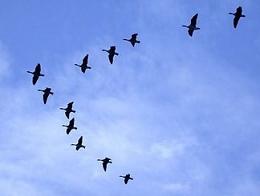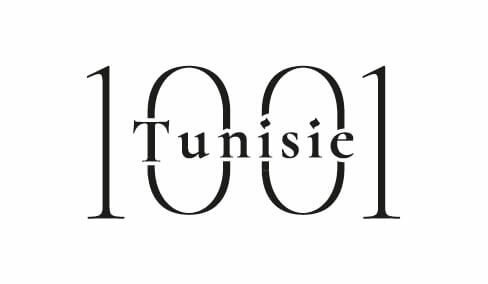
Like the rest of the world, Tunisia celebrates the World Migratory Bird Day, 11 and 12, May under the motto “working together for migratory birds.”
The AAO organized on this occasion, a series of activities taking place in El Haouaria Cap Bon, one of the most important sites for bird migration to promote the importance of the study, monitoring and the protection of wild birds and their natural habitats. It is also to educate all people and stakeholders involved in the conservation of birds in Tunisia.
The event is held in partnership between the AAO, the regional section of Cap Bon and the Club of the Children of El Haouaria. The AAO has combined national and local partners in this celebration and organizes an information workshop to introduce two new projects for the conservation of birds which include representatives of institutions and associations concerned with the Tunisian hunting, production and transportation of energy, eco-tourism and nature conservation.
This workshop, so to kick off the event, followed many activities for the public to discover migration at Cap Bon and the importance of Tunisia for migratory birds.
The screening of a film, children’s entertainment, tours and introductory sessions to bird watching , will also address existing threats to birds and their natural habitats and the simple actions that citizens can take to help the protection of nature by the show organizers.
The event benefits this year of the support from the MAVA Foundation for Nature and the association Vogelbescherming Nederland, who is the BirdLife partner in the Netherlands.
The site of El Haouaria was chosen because it is one of the most important sites in the country for migrating birds.
These sites, increasingly vulnerable constitute steps along migration routes, and allow birds to rest, feed and breed during their annual cycles.
World Migratory Bird Day 2013 will highlight the importance of ecological networks for the survival of migratory birds, as well as networks of women and men who are dedicated to their conservation worldwide.
TAP
{mainvote}


 َAbonnez-vous
َAbonnez-vous

